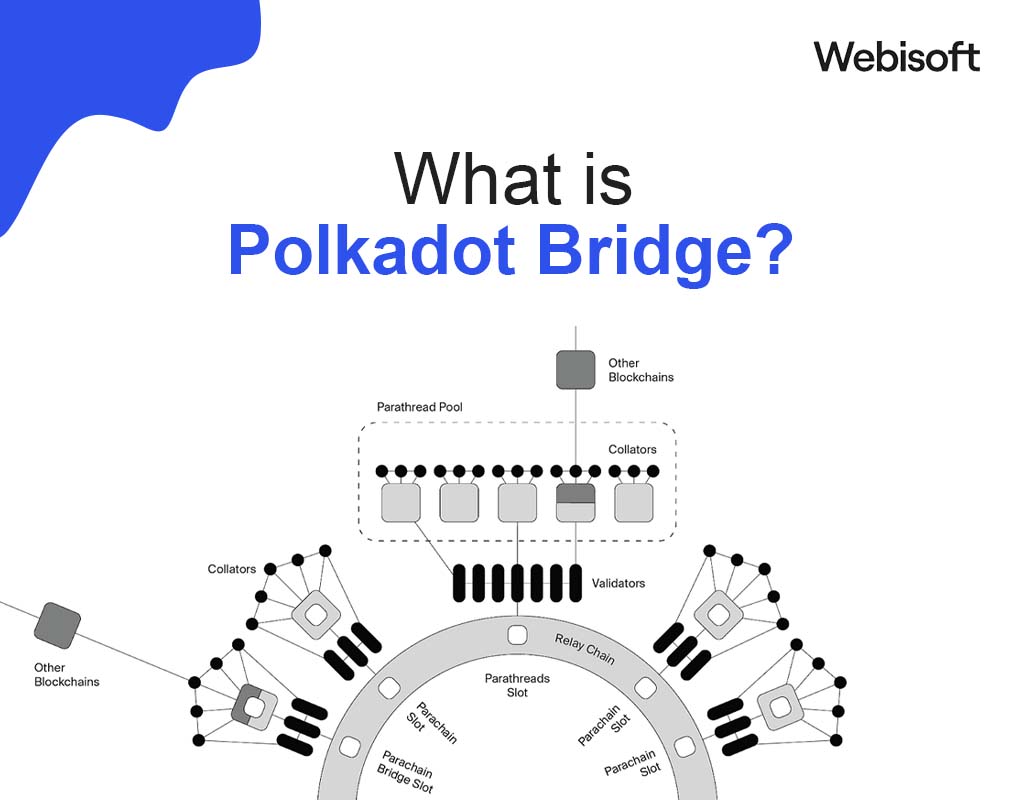Bridges facilitate communication and interoperability between two technologically diverse and economically sovereign chains. They are considered a cornerstone of blockchain technology.
Bridges make the Polkadot ecosystem compatible with external blockchains such as Bitcoin, Ethereum, and others.
What Are Bridges?
There are several types of bridge designs. These range from centralized and trusted bridges to highly decentralized and trustless bridges. In the case of Polkadot, decentralized and trustless bridge designs are favored as they allow greater decentralization. However, teams are free to deploy centralized bridges as well. While bridge designs are sufficiently planned out and efficient, they have been used sparingly when it comes to production.
When it comes to building a decentralized and trustless bridge, developers can use one of the following methods: bridge pallets, smart contracts, and higher-order protocols.
-
Bridge pallets - Bridge pallets can be used to create bridges in Substrate-native bridges. An example is the Polkadot-Kusama bridge, since both network parachains use Substrate.
-
Smart contracts - If the native chain is not based on Substrate, developers can use smart contracts to create bridges. For example, the Ethereum mainnet has smart contract bridges to initiate ETH transactions based on incoming XCMP messages.
-
Higher-order protocols - Chains like Bitcoin do not support smart contracts. In such a scenario, developers can use protocols like XClaim to create bridges.
Types Of Blockchain Bridges
There are several types of bridges in the blockchain ecosystem. Some bridges are unidirectional, allowing developers to port assets only to the target blockchain and not from the target blockchain. Meanwhile, bridges like Multichain and Wormhole are unidirectional, allowing developers to freely convert or move their assets between chains. Bridges can either be custodial (centralized and trusted) or non-custodial (decentralized and trustless).
According to data from DeFiLlama, as of June 2024, there is around $23.5 billion worth of crypto locked in bridges.
The Polkadot-Kusama Bridge
The Polkadot-Kusama bridge is a pioneering example of trustless interoperability. It addresses the challenge of interoperability and facilitates efficient asset transfer between networks. Bridge operations are facilitated by the Bridge Hub, which is explicitly designed for this purpose. The Bridge Hub is the central hub for bridge activities, making it a crucial part of the interconnected blockchain network envisioned by Polkadot. The Bridge Hub handles vital functions such as Message Handling, hosting bridge pallets, governance, and ownership, and providing greater flexibility for developers.
The Polkadot-Kusama bridge is a crucial step in blockchain technology and offers a demonstration of the capabilities of trustless, decentralized, and permissionless interoperability in action. It sets a precedent for future blockchain developments and highlights the potential for creating more complex and integrated blockchain applications.
Disclaimer: This article is provided for informational purposes only. It is not offered or intended to be used as legal, tax, investment, financial, or other advice.





